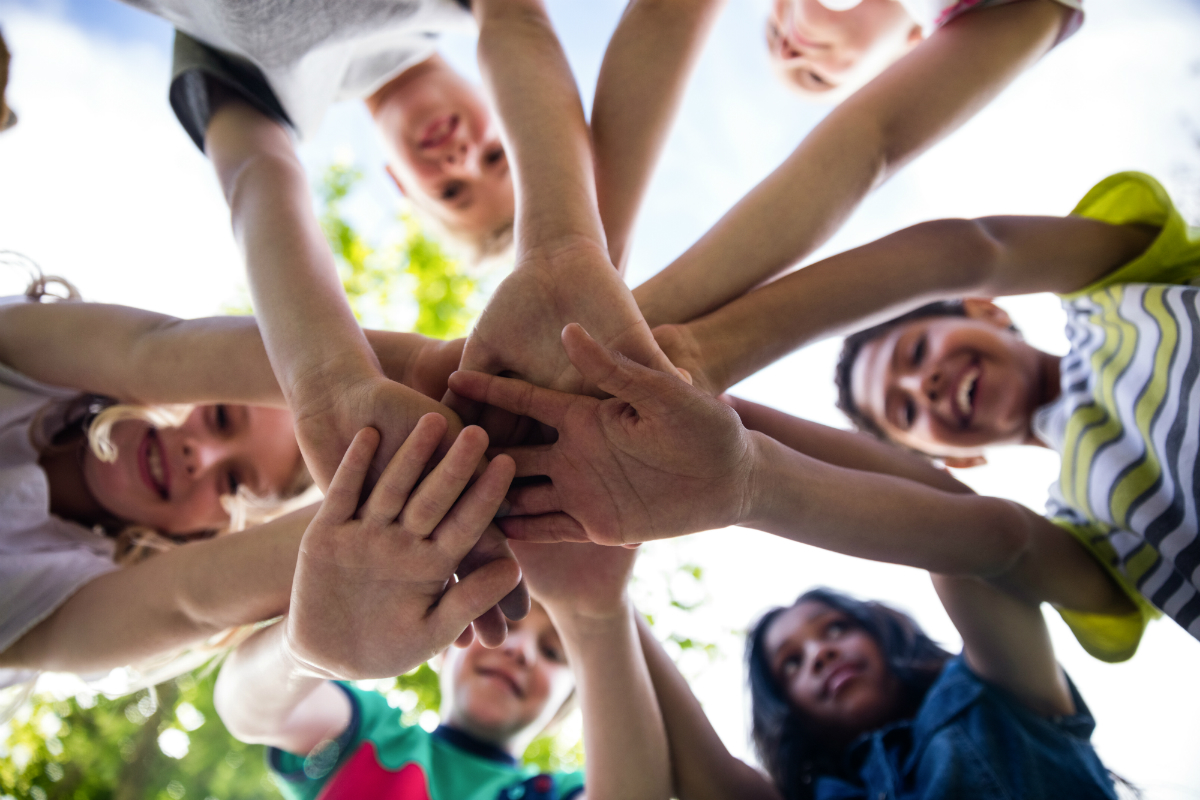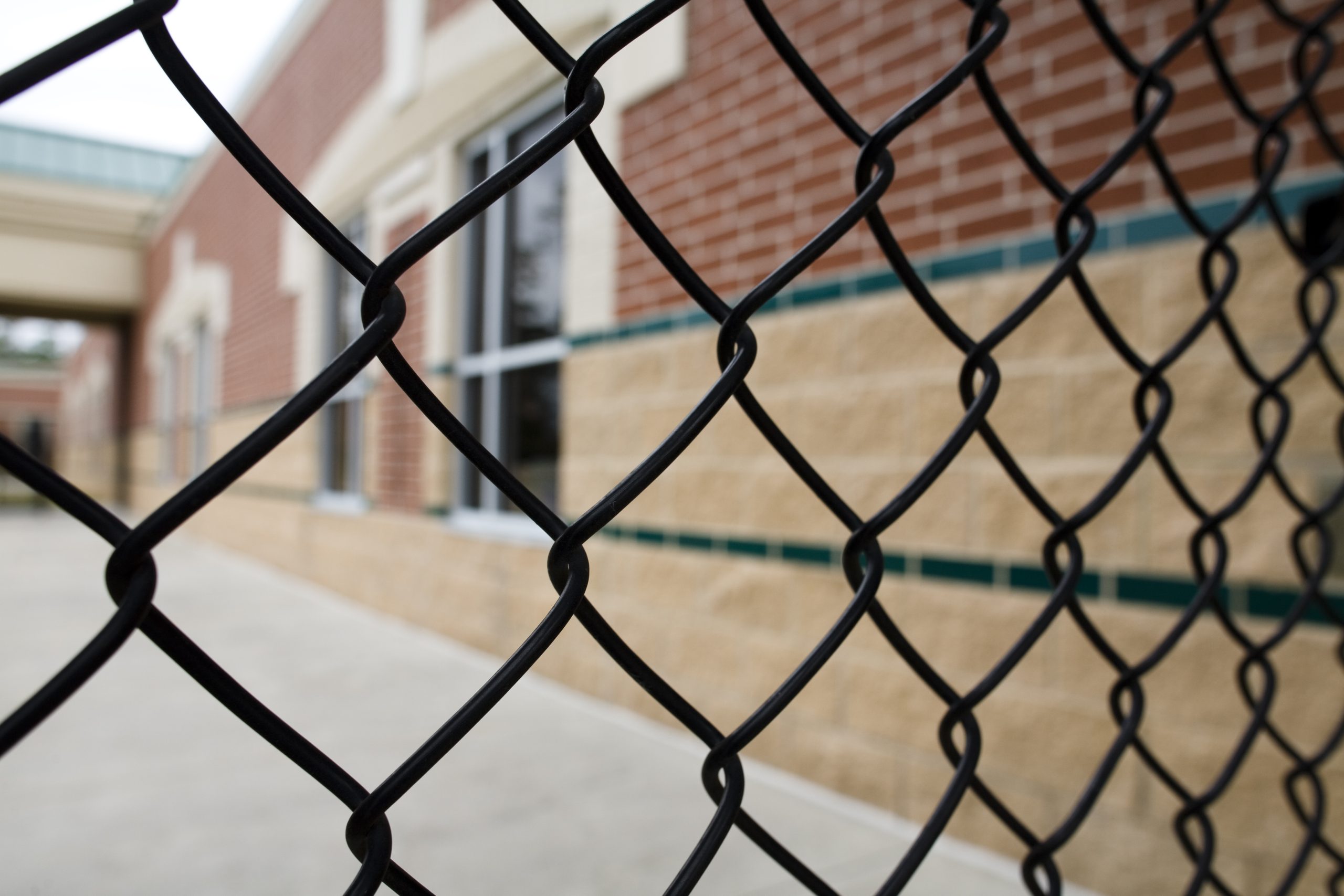The first of a four-part webinar series on preventing and addressing gun violence in schools hosted by the National Center on Safe Supportive Learning Environments (NCSSLE) on April 10 explored how schools can build foundations and utilize systems to promote school safety and prevent or mitigate incidents of violence.
The goal — according to experts who spoke on a range of topics including Multi-tiered Systems of Support, school climate, threat assessment, creating high-quality emergency operations plans, messaging on safe firearm storage, school connectedness and more — is to ensure that all schools are safe, positive, supportive learning environments where students feel a sense of belonging and receive the support they need to fully engage in school.
“Keeping students safe from incidents of violence including gun violence in their schools’ communities is a top priority,” said Elementary and Secondary Education Chief of Staff Danny Carlson, noting that since Columbine, there have been an estimated 394 school shootings exposing more than 360,000 students to gun violence. “Although we cannot prevent every act of violence, we do know how to create learning environments better focused on teaching students expectations for success and supporting student and staff needs to help mitigate or prevent the impact of incidents of school violence.”
Steven Sumner, senior advisor of the Division of Violence Prevention at the Centers for Disease Control and Prevention, said that easy access to firearms among youth has become a substantial problem. According to recent youth risk factor behavior survey findings, about one in 20 boys in the U.S. reported carrying a firearm in the past year not for purposes of recreation or hunting, he said.
“And most concerningly, gun carrying was much more common among young people who had experienced violence in their life, were thinking about suicide or were using substances,” Sumner continued. “At a national level, it’s really important to acknowledge that both firearm suicide rates and firearm homicide rates are presently near multi-decade highs, and these general trends are consistent for youth as well.”
While schools cannot be expected to solve all of society’s ills alone, “we know that schools can provide supports and develop and utilize systems to both promote safety and prevent and mitigate the effects of violent incidents,” explained NCSSLE Director Greta Colombi. “When we build a positive school climate while also developing a high-quality emergency operations plan, we can build strong relationships with students, staff and families in a way that allows them to feel like they belong, and then in turn, that makes it much easier for all to be responsive and respectful.”
Research shows that students in positive learning environments that are safe, supportive and engaging are more likely to improve academically, participate more fully in the classroom, and develop critical academic and soft skills while also being less likely to participate in disruptive behavior, have issues with attendance, be suspended, display aggressive behavior and engage in violence, she said.
“When thinking about the connection between school safety and school climate, it can be useful to think of school climate as a three-legged stool. On one hand, the school can’t have a positive school climate without safety. On the other, one can’t just focus on school safety and expect to have a positive school climate,” Colombi explained. “So how can schools build a positive school climate that promotes safety? Well, given its breadth, building and improving school climate involves systematically understanding how students, staff and families perceive the school climate.”
Administering school climate surveys, facilitating follow-up focus groups and interviews, and actively engaging students, staff and families in the improvement process from planning to implementation to monitoring and evaluation can be difficult but is necessary, she said. And the system must be equipped to connect students with services once they are identified as being in need of support.
View a recording of the webinar and find the resources discussed here.





